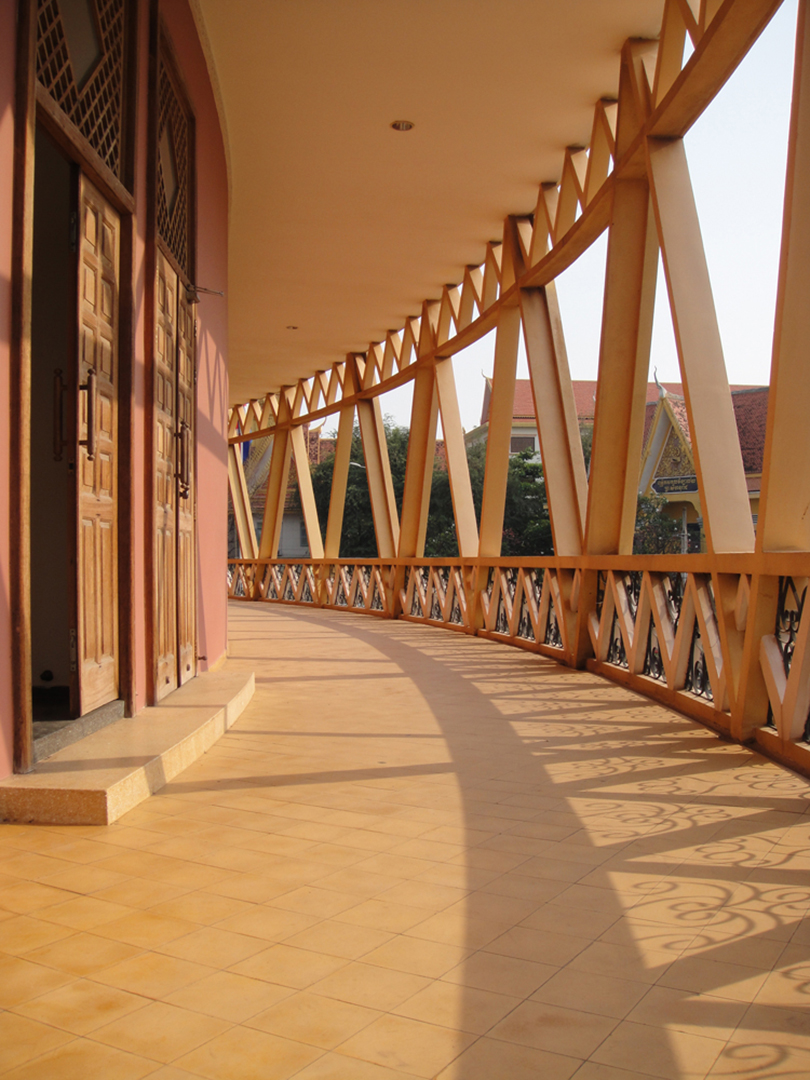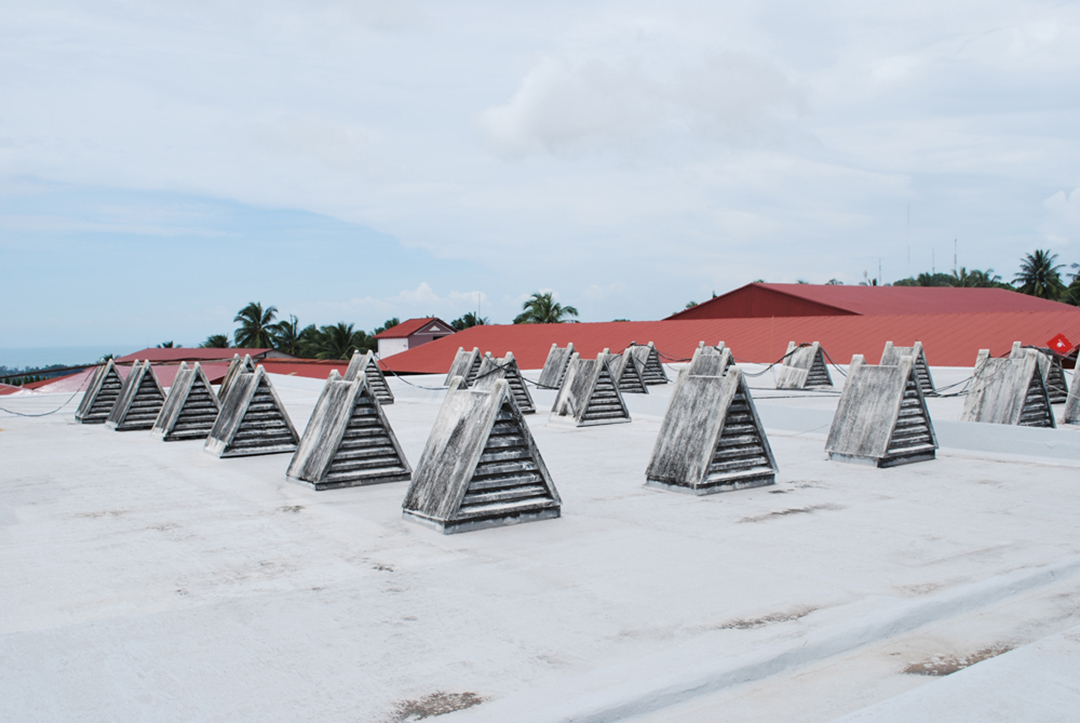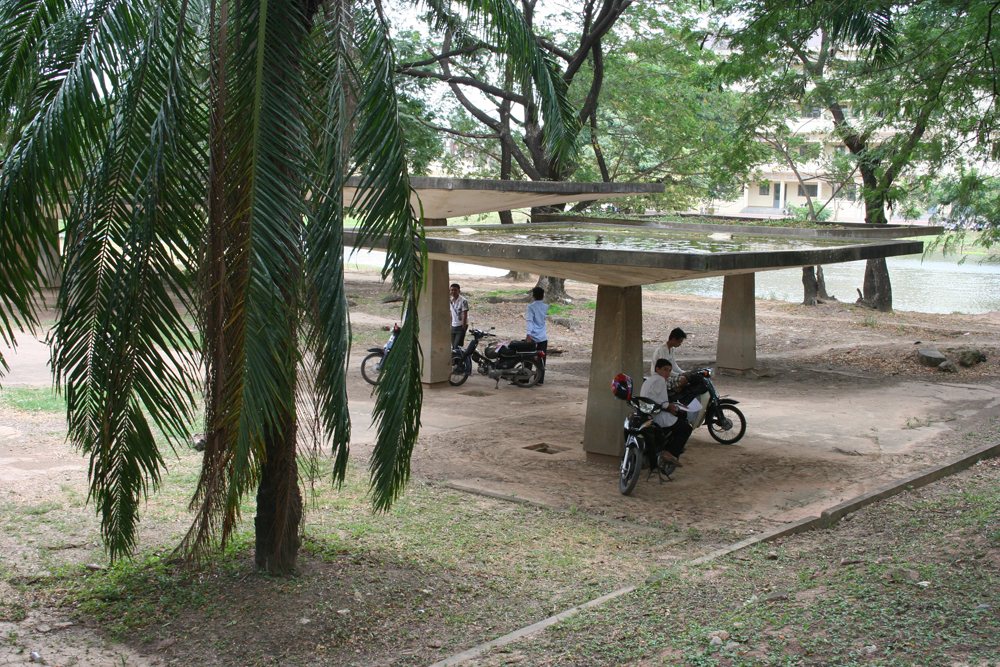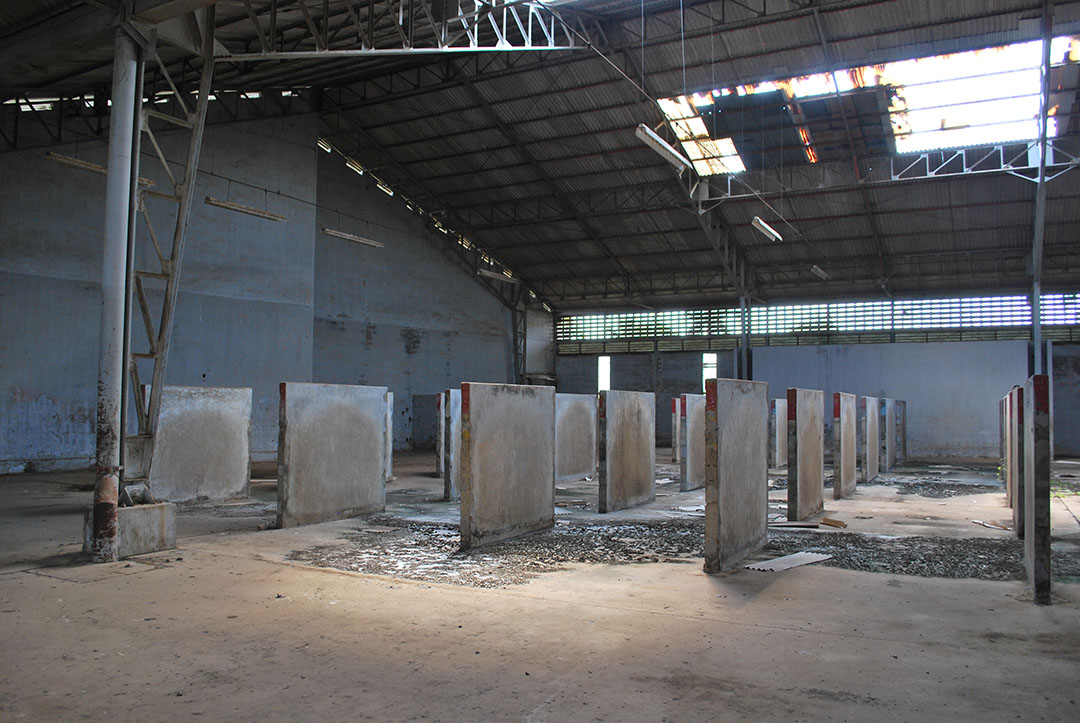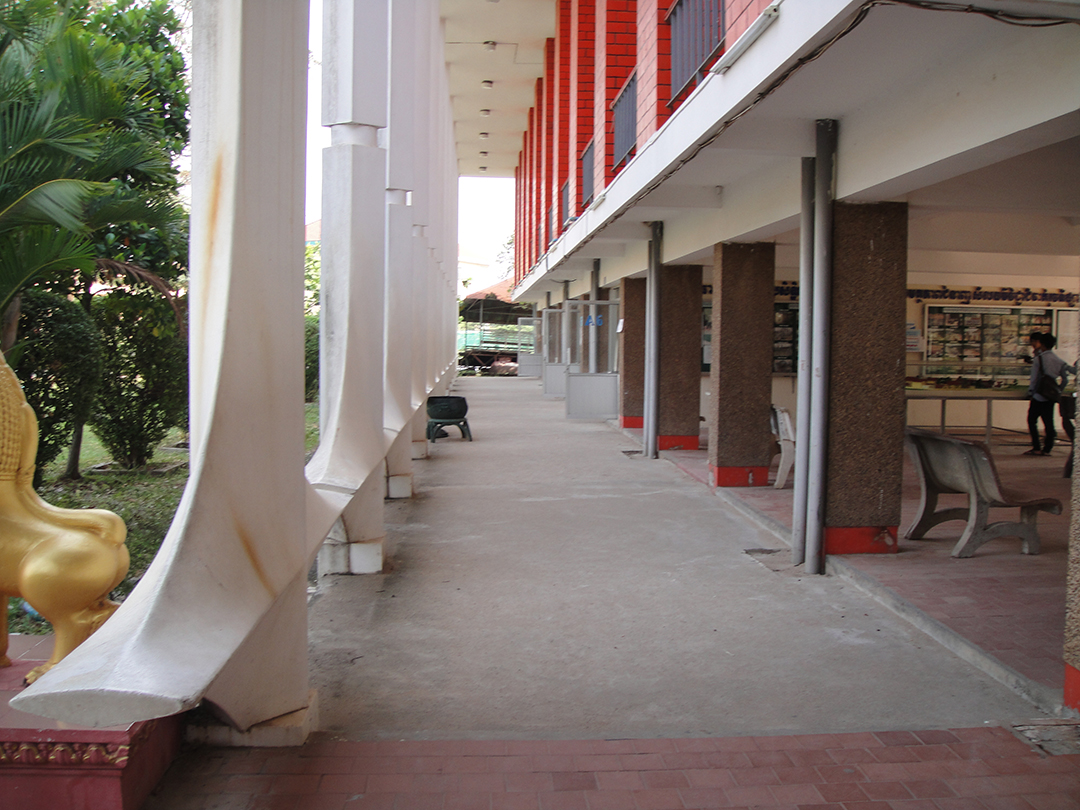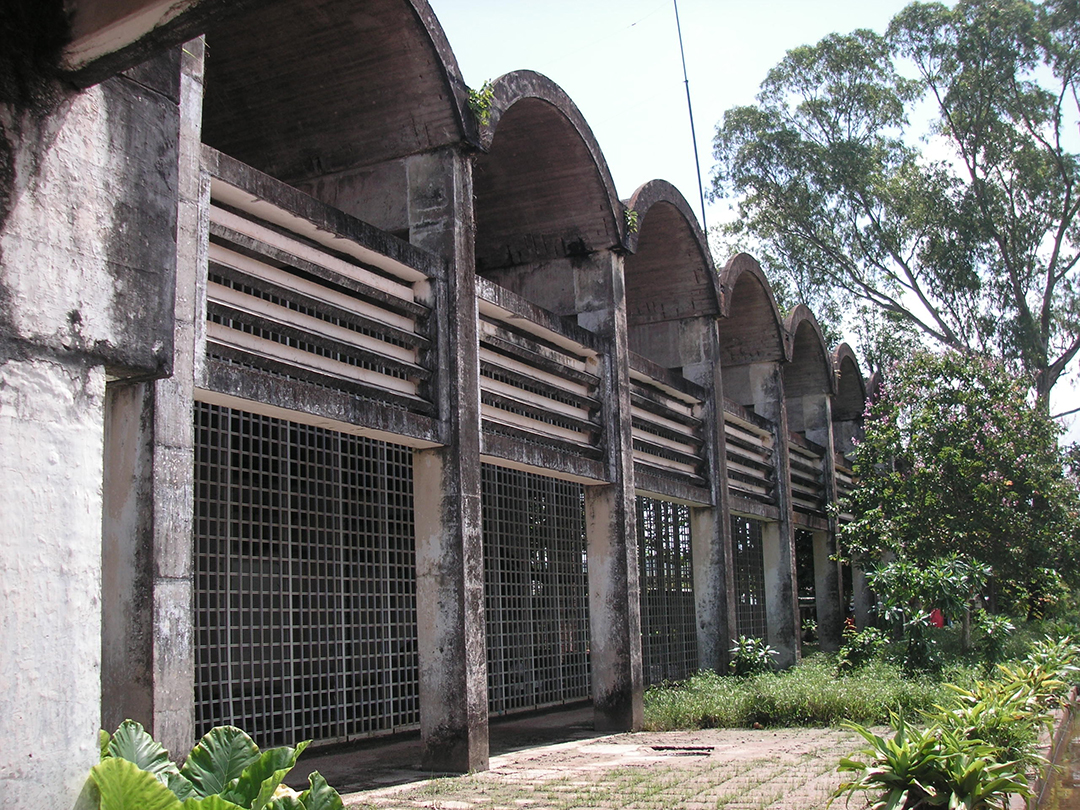New Khmer Architecture
Vann Molyvann is the best-known proponent of a nation-wide school of building design, known as New Khmer Architecture. This unique approach to the challenges and opportunities of postcolonial construction was influential across Cambodia, in both cities and rural areas, in the years following Independence (1953) and before the Khmer Rouge takeover (1975). Vann Molyvann was not its only advocate; other major figures included Lu Ban Hap and Mam Sophana.
New Khmer Architecture can be characterized by:
- the use of new construction materials, chiefly reinforced concrete;
- visual and structural references to pre-existing Cambodian construction techniques, especially elevation of buildings on stilts;
- a sensitivity to the tropical climate, expressed in creative use of natural airflow and shading;
- the sparing use of ornamentation, chiefly bas reliefs inspired by Angkorean temple decorations.
As well as drawing on pre-existing Cambodian forms of construction, New Khmer Architecture also engaged with diverse other international modernisms. Architects and engineers from Japan, Europe, the former Soviet Union, the US and elsewhere joined with Cambodians on many major projects, including the influential engineer Vladimir Bodiansky. New Khmer Architecture can thus be understood not only as a vernacularisation of “International Style” modernism, but also as a negotiation between many other design approaches from diverse sources.
Under Prince Sihanouk’s active patronage, many ambitious public projects throughout Cambodia became showcases for New Khmer Architecture, including large educational and cultural institutions. Yet the unique new style was also enthusiastically embraced by citizens, and New Khmer Architecture was popularly used in private housing, as well.
New Khmer Architecture is today remembered as one of many intertwined facets of creative cultural achievement in the post-Independence era. New Khmer Architecture’s distinctly modern buildings were the scene of many films made by Cambodia’s burgeoning cinema industry following 1960; Khmer rock’n’roll music echoed in their airy spaces; their walls were adorned by a new style of painting; their inhabitants wore new fashions combining European and local elements.
Like these related cultural forms, New Khmer Architecture expressed the spirit of its time in its unique approach to local circumstances.
For more information and images of New Khmer Architecture, please visit: nka.lumhor.org

